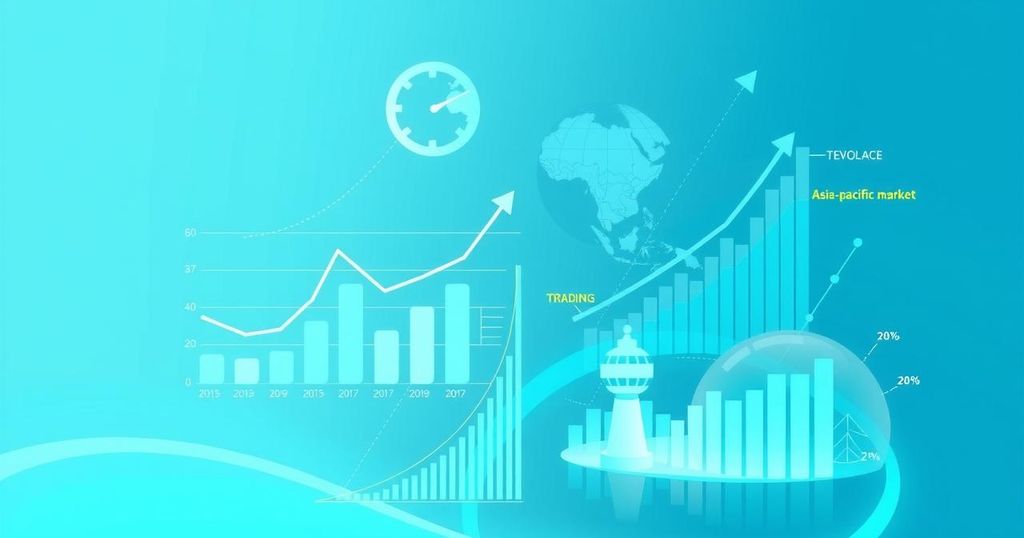Mastercard Economics Institute’s 2025 Economic Outlook for Kenya: Navigating Future Growth
The Mastercard Economics Institute forecasts a 4.7% GDP growth for Kenya in 2025, with consumer spending increasing by 4% and inflation stabilizing at 4.8%. This growth is supported by rising remittances, active female labor participation, and advancements in digital innovation. The report underscores Kenya’s resilience and potential for inclusive development despite global challenges.
The Mastercard Economics Institute has released its annual report, ‘Economic Outlook 2025,’ outlining key economic themes expected to influence Kenya in the coming years. Projecting a 4.7% growth in GDP and a 4% increase in consumer spending for 2025, the report highlights that inflation is expected to stabilize at 4.8%. These improvements indicate much-needed relief for households and businesses alike amid a challenging global economic environment.
Kenya’s robust economic growth is largely driven by a significant remittance ecosystem and high female labor participation, showcasing resilience despite global challenges. Enhanced digital innovation and increased regional trade are crucial factors keeping the Kenyan economy on a growth trajectory. Khatija Haque, chief economist at Mastercard, noted that the nation is on a path towards inclusive and sustainable development, largely supported by these economic trends.
The Mastercard report also addresses the impact of inflation, which has reduced but remains high. In Kenya, the projected stabilization of inflation at 4.8% aligns with global trends and allows for sustained consumer spending, particularly in essential sectors such as food and healthcare. Nevertheless, consumers exhibit a tendency to opt for more affordable options in discretionary purchases, affecting overall spending habits.
Additionally, migration has a dual impact on Kenya’s economy, facilitating remittance inflows that bolster low- and middle-income households. With remittances accounting for 3.9% of GDP in 2023, the mobile money infrastructure, notably through platforms like M-Pesa, enhances accessibility and efficiency for cross-border transactions. This trend reveals the increasing significance of digital payment methods in completing economic transactions.
Following the global trend of the ‘great return’, Kenya has witnessed a surge in female workforce participation, which reached an impressive 72.5% in 2022. This increase stems from job creation in traditionally female-dominated sectors like healthcare and education, alongside the flexibility afforded by remote work. Such dynamics not only empower women but also contribute positively to household incomes and overall economic growth.
The findings from the ‘Economic Outlook 2025’ report rely on comprehensive data from various sources, including Mastercard’s anonymized sales activity and economic activity estimation models, to provide a thorough overview of the anticipated economic landscape.
In conclusion, the Mastercard Economics Institute’s ‘Economic Outlook 2025’ suggests a positive economic trajectory for Kenya, with projected GDP growth driven by consumer spending and remittances. The stability of inflation at 4.8% offers a favorable economic environment for households. Additionally, increased female workforce participation signals enhanced economic resilience. Combined, these factors illustrate Kenya’s capacity for sustainable growth amidst global economic shifts.
Original Source: www.africa.com




Post Comment